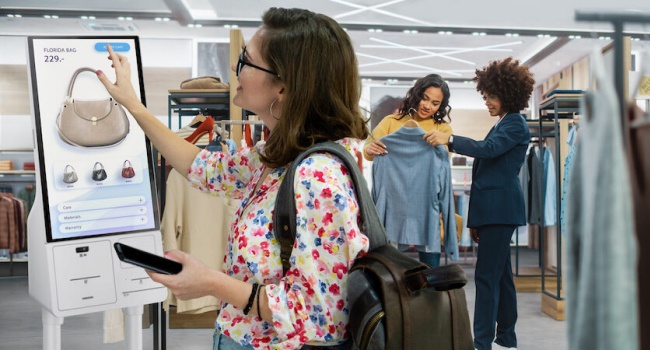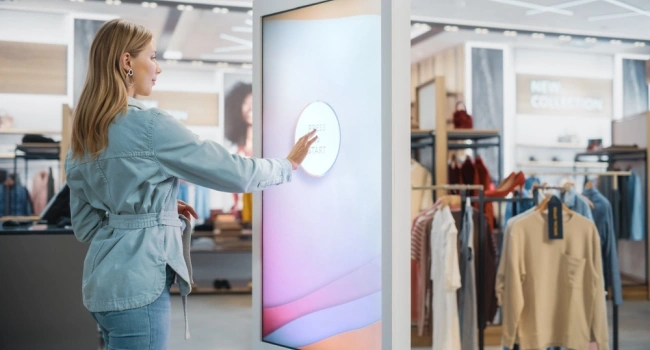One of the primary benefits of experiential shopping is its ability to foster emotional connections. When consumers participate in an experience, they are more likely to remember the brand and develop a sense of loyalty. For instance, a store that offers interactive product demonstrations or immersive environments allows shoppers to engage with products in a meaningful way. This not only enhances the shopping experience but also encourages word-of-mouth marketing, as customers share their experiences with friends and family, further amplifying brand awareness.
Creating a unique atmosphere is essential for successful experiential shopping. Retailers can achieve this by designing spaces that reflect their brand identity and values. For example, a clothing store might incorporate art installations or live music to create an inviting ambiance that encourages customers to explore. By transforming the shopping environment, retailers can entice consumers to spend more time in-store, increasing the likelihood of purchases and enhancing overall satisfaction.

Incorporating technology into the shopping experience can also elevate experiential shopping. Augmented reality (AR) and virtual reality (VR) are powerful tools that allow consumers to interact with products in innovative ways. For instance, a furniture retailer might use AR to enable customers to visualize how a piece of furniture would look in their home. This not only enhances the customer experience but also helps consumers make informed purchasing decisions, ultimately leading to higher conversion rates.
Another effective strategy is to host events that encourage community engagement. Retailers can organize workshops, product launches, or themed nights that draw customers into the store. These events not only provide entertainment but also create opportunities for consumers to connect with the brand and each other. By fostering a sense of community, retailers can build lasting relationships with their customers, encouraging repeat visits and brand loyalty.

Personalization is also a crucial element of experiential shopping. By leveraging customer data, retailers can tailor experiences to individual preferences. For example, a beauty store might offer personalized consultations based on a customer’s skin type and preferences. This level of customization not only enhances the shopping experience but also makes customers feel valued and understood, further solidifying their connection to the brand.
Moreover, retailers should consider the importance of storytelling in experiential shopping. Sharing the brand’s story or the inspiration behind a product can create a deeper emotional connection with consumers. This narrative approach allows customers to relate to the brand on a personal level, making their shopping experience more meaningful. Whether through visual displays, staff interactions, or marketing materials, storytelling can significantly enhance the overall impact of the shopping experience.

To effectively implement experiential shopping strategies, retailers must prioritize staff training. Employees should be equipped with the knowledge and skills to create engaging experiences for customers. Friendly, knowledgeable staff can enhance the shopping experience by providing assistance, sharing stories, and facilitating interactions. This human element is essential in creating a welcoming environment that encourages customers to return.
As the retail landscape continues to evolve, experiential shopping offers a powerful way to engage consumers and differentiate brands. By focusing on creating memorable experiences, retailers can foster emotional connections, enhance customer loyalty, and ultimately drive sales. Embracing this approach not only meets the demands of modern consumers but also paves the way for a more dynamic and interactive retail experience.




